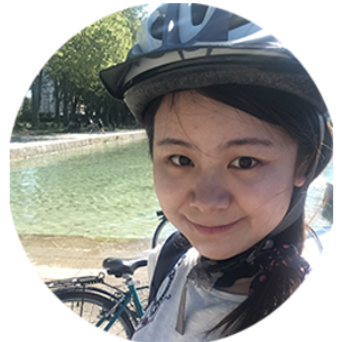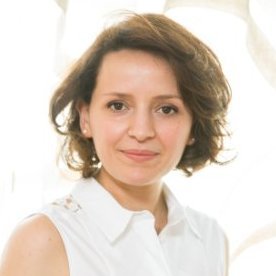I’m an associate professor in the Design, Interaction, Visualisation & Applications (DIVA) research group at Télécom Paris.
Research Themes
The computer is a tool for people to interact with the modern, digital world. It is the medium through which we interact with, understand, and communicate data. It is how we explore and create digital artifacts. It is how we communicate with colleagues and loved ones.
My research focuses on making the computer as a tool more expressive for humans. My approach generally blends qualitative methods for understanding human needs with the implementation and evaluation of prototype tools.
Making software more malleable
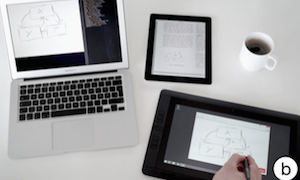
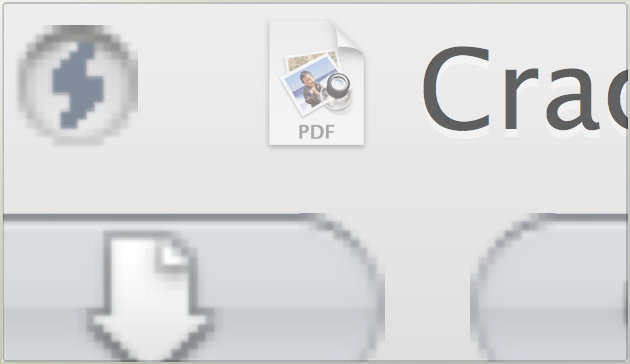 Software is not
soft. A user cannot adapt an existing tool that almost satisfies their
needs into one that does. My work on Cracking the
Cocoa Nut explores how to adapt existing environments so that
programmers can inspect, make sense of, and adapt existing software
tools. It serves as a foundation to build tools that can let users adapt and
recompose their own personal interfaces from existing applications.
Webstrates breaks from the
constraints of traditional applications and documents to propose
sharable dynamic media, built on the concepts of shareability,
collaboration, and malleability.
Software is not
soft. A user cannot adapt an existing tool that almost satisfies their
needs into one that does. My work on Cracking the
Cocoa Nut explores how to adapt existing environments so that
programmers can inspect, make sense of, and adapt existing software
tools. It serves as a foundation to build tools that can let users adapt and
recompose their own personal interfaces from existing applications.
Webstrates breaks from the
constraints of traditional applications and documents to propose
sharable dynamic media, built on the concepts of shareability,
collaboration, and malleability.
Information Visualization

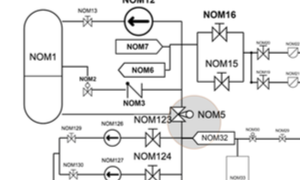
 One of the most frequent
uses of digital tools is help people manage and harness vast amounts of
data. My work in information visualization focuses on understanding how
people make sense of data and providing them with better tools to derive
insight from data. With colleagues, we have studied the kinds of low-level analytic tasks that
people perform when exploring data or how data workers think about and
manage uncertainty.
One of the most frequent
uses of digital tools is help people manage and harness vast amounts of
data. My work in information visualization focuses on understanding how
people make sense of data and providing them with better tools to derive
insight from data. With colleagues, we have studied the kinds of low-level analytic tasks that
people perform when exploring data or how data workers think about and
manage uncertainty.
Tools such as Tarantula (Eagan et al., InfoVis ’01 [pdf]) leverage human perception and code instrumentation to help developers find bugs faster, even in an unfamiliar code base. This work went on to be awarded the ACM SIGSOFT 2015 Impact Award. SchemeLens uses semantic fisheye zooming to help users navigate and understand large, complex technical schematics even on small, tablet-sized displays.
Increasing the expressiveness of tools
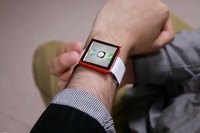 Whereas
modern application design focuses on making software easy for a novice
user to understand, expert users master and appropriate their tools. Augmented Letters help users more
easily learn and perform command shortcuts on touchscreens which still
allowing for novice gesture interactions. Work on WatchIt aims to enrich interaction with
small-screen watches by moving interactions off the screen and onto the
wristband.
Whereas
modern application design focuses on making software easy for a novice
user to understand, expert users master and appropriate their tools. Augmented Letters help users more
easily learn and perform command shortcuts on touchscreens which still
allowing for novice gesture interactions. Work on WatchIt aims to enrich interaction with
small-screen watches by moving interactions off the screen and onto the
wristband.
Students and Post-docs
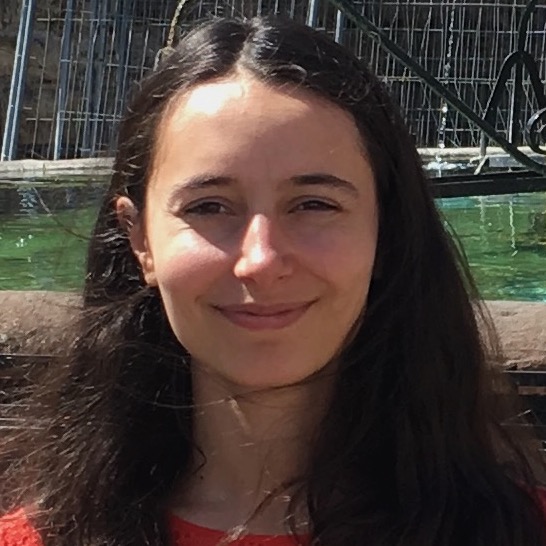 Astrid Bertrand
phd,
2020-.
Astrid Bertrand
phd,
2020-.
 Marc-Emmanuel Perrin
2014-2016.
Marc-Emmanuel Perrin
2014-2016.
 Aurélie Cohé
postdoc,
2013-2015.
Aurélie Cohé
postdoc,
2013-2015.
 Hind Gacem
phd,
2012-2016.
Hind Gacem
phd,
2012-2016.
Recruiting
I am always looking for strong, motivated Ph.D. students, post-docs, and Master’s students to work with. If you’re interested in conducting high-quality research in one of these themes (or close), please contact me: james.eagantelecom-paristechfr.

